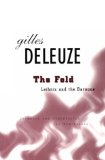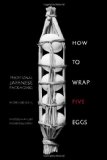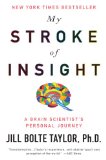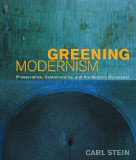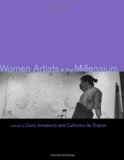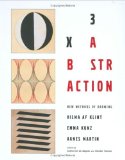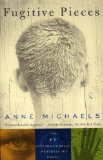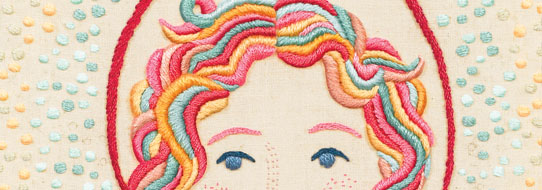
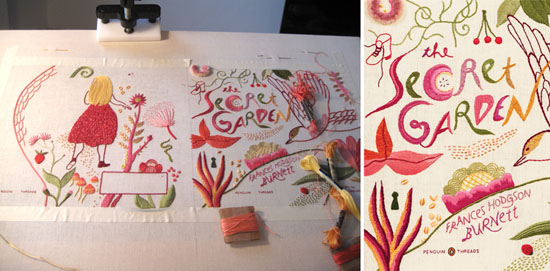
We love Penguin Classics. The collection includes more than 1,000 classic titles from The Adventures and Memoirs of Sherlock Holmes to Gulliver’s Travels to A Christmas Carol to Middlemarch and Dracula. This October, new versions, Penguins Threads Deluxe Classics, will be released with gloriously embroidered covers by Jillian Tamaki. You can pre-order the three titles commissioned to date, Emma, The Secret Garden and Black Beauty on Amazon now. You can also order a set of
 100 Penguin Book Cover Cards from Amazon. And Penguin has released two versions of Book Cover Wrapping Paper. One, a collage of Penguin covers, is available from Bas Bleu, the other, an image of Penguin spines, can be found at Shiny Shack in the UK. Still not enough Penguin? You can obtain the entire line of Penguin Classics in one complete paperback collection, from Renaissance philosophy to the poetry of revolutionary Russia, from the spiritual writings of India to the travel narratives of the early American colonists, from The Complete Pelican Shakespeare to
100 Penguin Book Cover Cards from Amazon. And Penguin has released two versions of Book Cover Wrapping Paper. One, a collage of Penguin covers, is available from Bas Bleu, the other, an image of Penguin spines, can be found at Shiny Shack in the UK. Still not enough Penguin? You can obtain the entire line of Penguin Classics in one complete paperback collection, from Renaissance philosophy to the poetry of revolutionary Russia, from the spiritual writings of India to the travel narratives of the early American colonists, from The Complete Pelican Shakespeare to  The Portable Sixties Reader, for $13,000+.
The Portable Sixties Reader, for $13,000+.

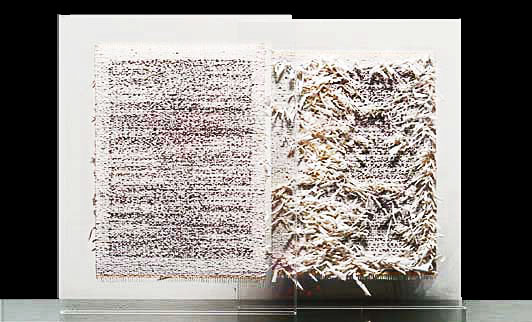



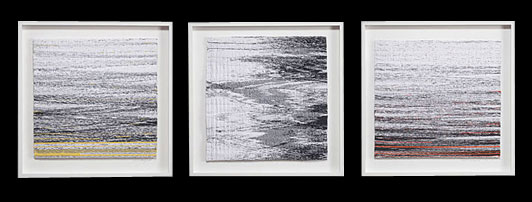

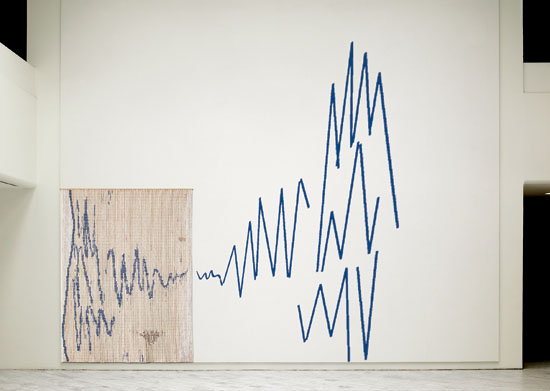


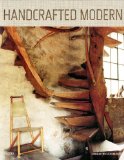
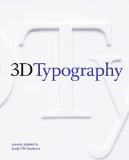




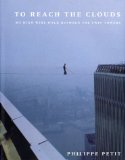
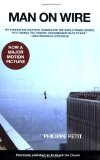 Randy Walker, who works regularly with threads and ropes and cables, writes, “Although it is a story involving only a single length of fiber,
Randy Walker, who works regularly with threads and ropes and cables, writes, “Although it is a story involving only a single length of fiber, 

